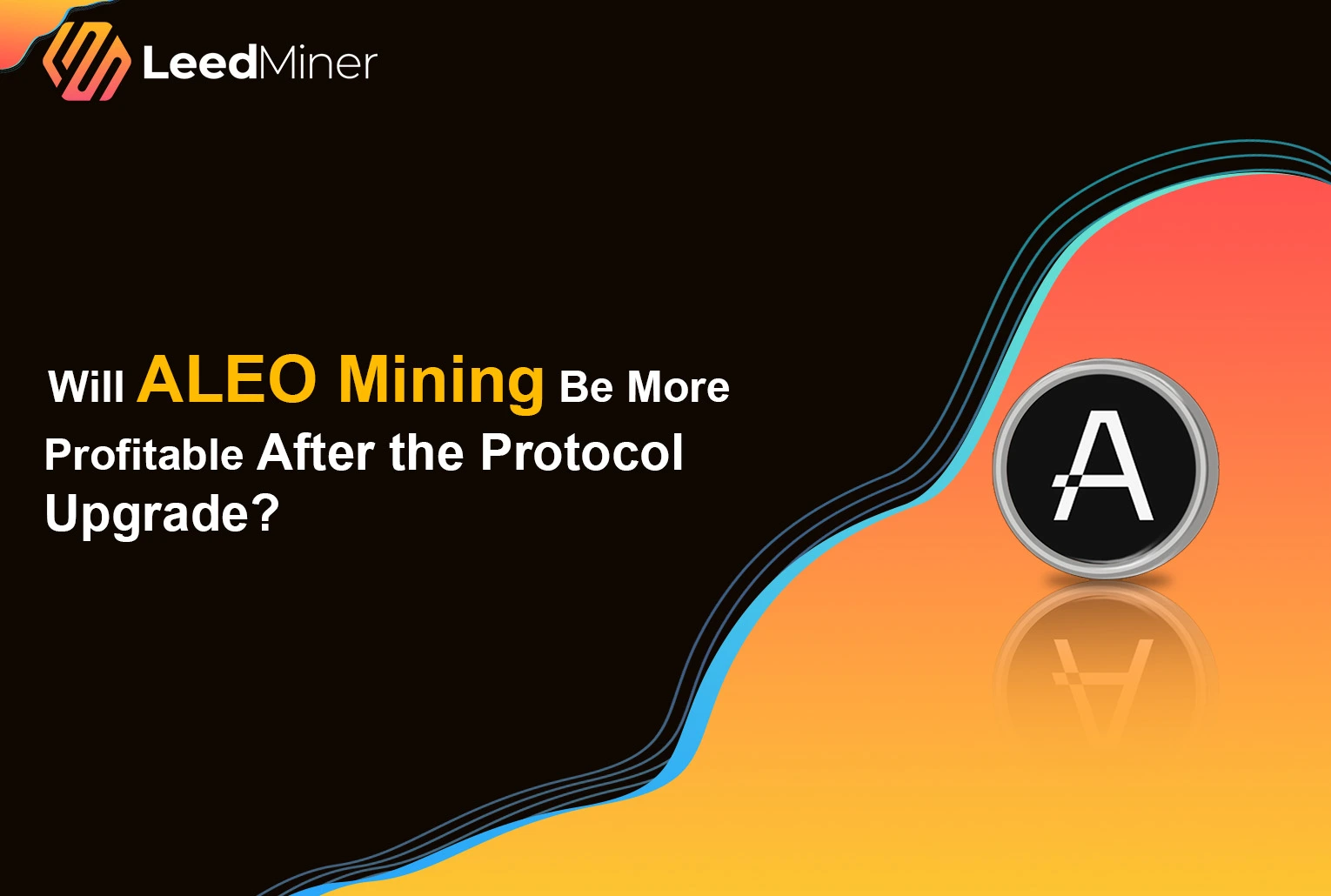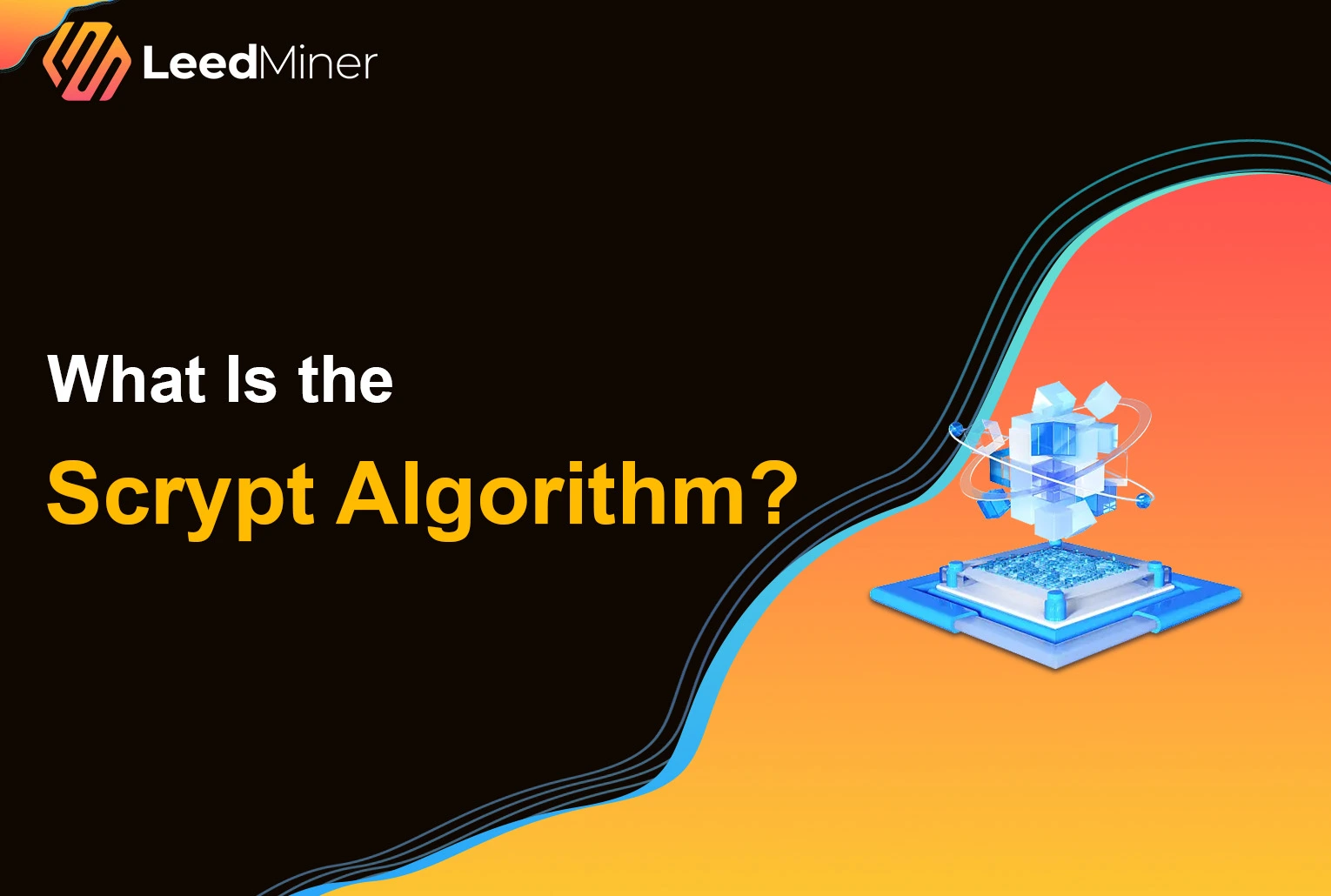SUMMARY
Starting August 1, 2025, Aleo’s mining protocol will enter a new era—transforming from pure Proof-of-Work (PoW) into a hybrid PoS + PoW model. This major shift, defined by the approved ARC-46 proposal, introduces a staking requirement for provers (i.e., miners) in order to submit solutions and earn block rewards.
For current or prospective Aleo miners, a critical question emerges:
Will Aleo mining become more or less profitable after this protocol upgrade?
Let’s unpack the mechanics and economic implications of ARC-46 to help answer that.
Understanding the ARC-46 Upgrade: What’s Changing?
Under the current setup, anyone can mine Aleo using computing power alone—no need to lock any ALEO tokens. Starting August 1st, that’s no longer the case.
Key Changes:
- Staking becomes mandatory to submit PoW solutions.
- One solution per epoch requires a specific amount of ALEO credits staked.
- More solutions (i.e., more hashpower) = More staking.
- Stake requirement increases quarterly for 2 years (see table below).
| Quarter | Month | Stake Required per Solution |
|---|---|---|
| Q0 | 0 | 100,000 ALEO |
| Q4 | 12 | 1,000,000 ALEO |
| Q8 | 24 | 2,500,000 ALEO |
This turns the protocol into a “compute + capital” game: you need both hashing power and a staked position in ALEO tokens to earn rewards.
What This Means for Miners
Upside: Bigger Rewards for Committed Participants
Miners who stake sufficient ALEO will gain two key advantages:
- Reduced competition from low-effort miners: Since entry now requires significant token holdings, many casual miners will exit, leaving a smaller, more serious participant pool.
- Dual yield potential: Your staked ALEO earns staking yield, and your PoW mining earns block rewards. If ALEO’s token price increases, this could significantly amplify returns.
Downside: Higher Entry Barrier and Capital Commitment
- To fully utilize 1 GH/s of mining power, F2Pool estimates you need to stake around 4,800 ALEO (at Q0 requirement).
- That cost will grow as the staking requirement rises.
- If you fail to stake enough, your hashpower will be partially or completely invalid, and you’ll earn nothing despite consuming electricity.
What Happens If You Don’t Stake Enough?
Let’s say you mine 10 valid solutions in an epoch but only staked enough for 1. That means:
- Only 1 solution is accepted
- Remaining 9 are rejected
- 90% of your compute effort is wasted
In short: Unstaked hashpower is worthless after the upgrade.
Is It More Profitable?
| Factor | Before Upgrade | After Upgrade |
|---|---|---|
| Entry Cost | Just mining gear | Mining gear + ALEO stake |
| Rewards | Depends on hashpower only | Depends on hashpower and stake |
| Difficulty | Very competitive (low barrier) | Lower competition (high barrier) |
| Long-Term ROI | Moderate if price stable | Potentially higher, but capital-intensive |
So, the profitability gap will widen:
- Small miners or those who sell all their rewards: Profitability drops or becomes zero.
- Long-term holders who stake and mine: Likely see higher profitability, better reward ratios, and less competition.
What Should Miners Do Now?
1. Accumulate ALEO credits
F2Pool has already paused daily payments so that miners can automatically build up balances for staking post-upgrade.
2. Calculate your target staking amount
Base it on your hashpower. For example:
-
If you’re running 5 GH/s and want 100% solution validity:
5 GH/s × 4,800 ALEO ≈ 24,000 ALEO needed (for Q0)
3. Monitor token price and network changes
If ALEO’s price rises, early stakers benefit from both yield and price appreciation.
Final Thoughts
Will ALEO mining be more profitable post-upgrade? For the prepared miner, the answer is yes.
This new era rewards miners who are:
- Technically capable
- Financially invested
- Long-term aligned
If you’re willing to stake, optimize, and stay, you’ll enjoy better ROI, higher network trust, and reduced mining competition. But for pure “hash-and-dump” participants, this marks the end of easy profits.



